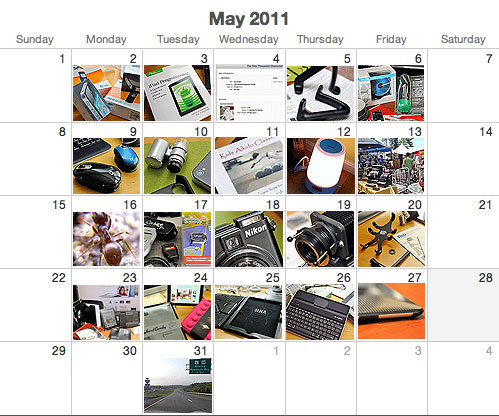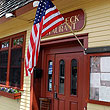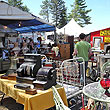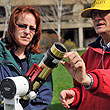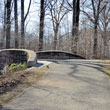Gardening has a lot of similarity with software development. There are a lot of ways to go about it and some of it works better than others. Take planting perennials vs annuals for instance. Planting perennials, like writing reusable code, takes a bit more planning and can cost more upfront. The payoff is that you don't have to do the same thing over and over again. Annuals are like demo code, they look great, can be done quickly, but are often a one shot deal.
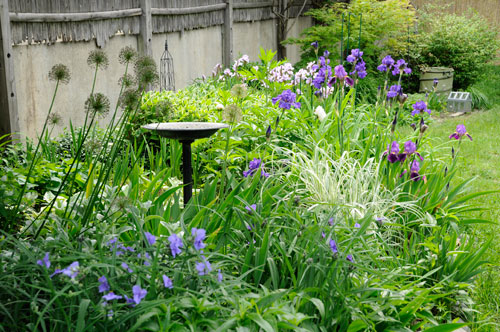
The RainyDayGarden folks here plant mostly perennials, because while they love seeing the blooms and the colors, they don't really enjoy the associated physical tasks (digging, weeding, etc...) as much as the more hardcore gardeners. Another benefit of planting perennials is the ability to split the plants when they get too crowded and put them into other parts of the garden. This is somewhat analogous to being able to reuse a chunk of code in another project, a savings in both time and money.

We have divided and propagated many of the perennials to other parts of the garden. Gardening in New England can be tricky. There are pockets of micro-climates where things survive that surprise even the planter. Plants that need splitting are the ones which are well suited for a particular spot. The Chinese Dogwood, peonies, and lilacs are some of the flowering species which seem to really like being in the RainyDayGarden.


All the rain we got in May and April gave the plants a terrific start to the season. Now that the sun is back out, they have responded to the warmth enthusiastically. None have flowered more vigorously than the irises. Most of them were still closed yesterday, but almost all have bloomed today.


Of course, both (annual plants, demo code) have their place and if used correctly. They can add color and enhance a garden for a party or help get an idea/concept across so a project can get the funding it needs to proceed. Take the example of selling a house. It would make sense to prep an open house by nicely landscaping the backyard, plant lots of flowering annuals in the front, or strategically placing potted plants around the grounds. The same can be said of "canned demos" or user-interface mockups. What is shown is what "could be" and users should realize there is not necessarily real. There is, of course, nothing wrong with this. The problem arises only if the verdant garden of annuals or the product running the demo code is being passed off as more than it is.

The Day Lilies, Black-eyed Susans, and Spirea will be the next to kick in. Looking around the RainyDayGarden, we can see where some reds and yellows would add some contrast to all the green before the next series of blooms. Perhaps it is time to head down to the local nursery and see what annuals they have growing in the greenhouses. [Permalink] - RDG: June
|

